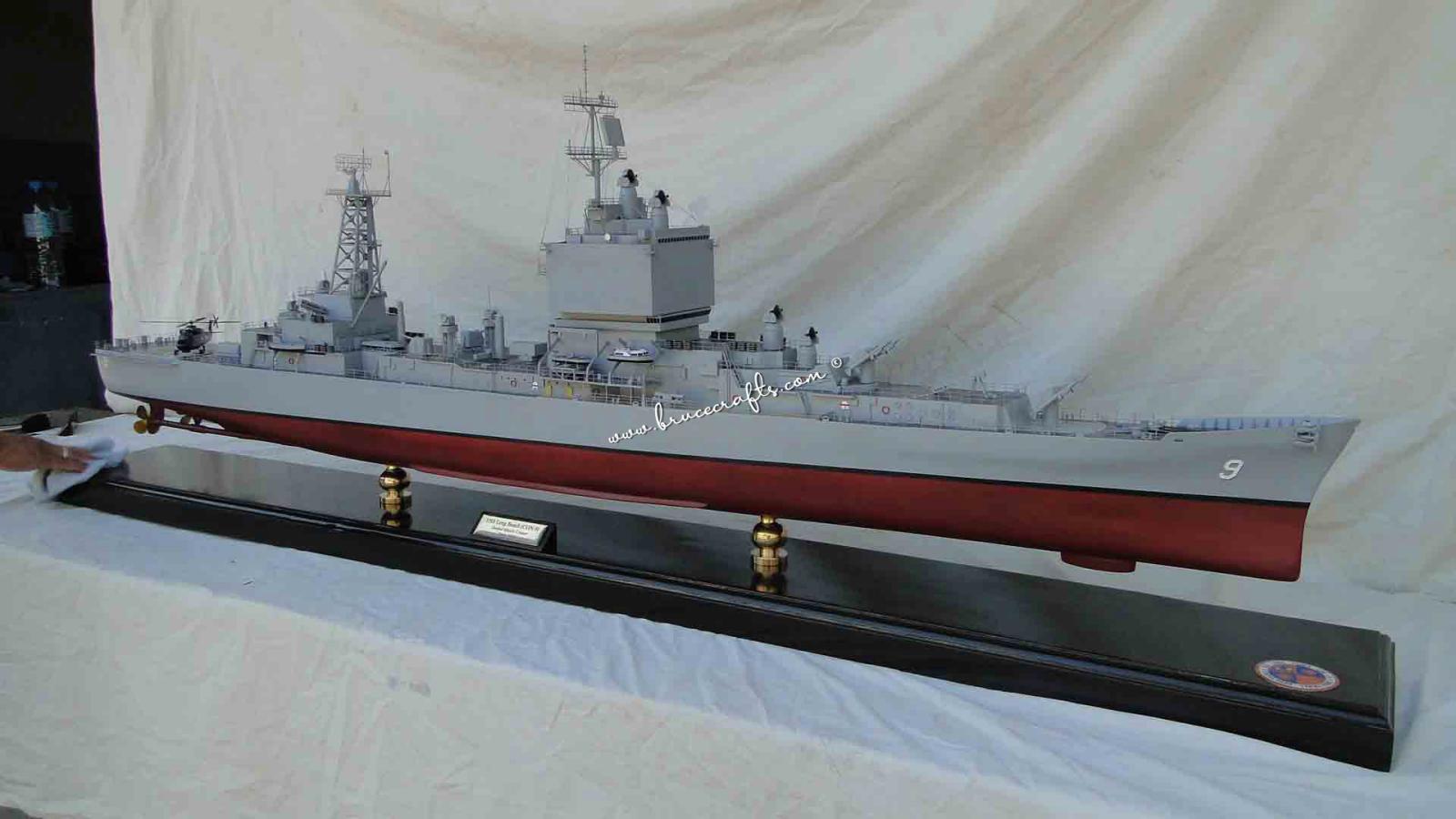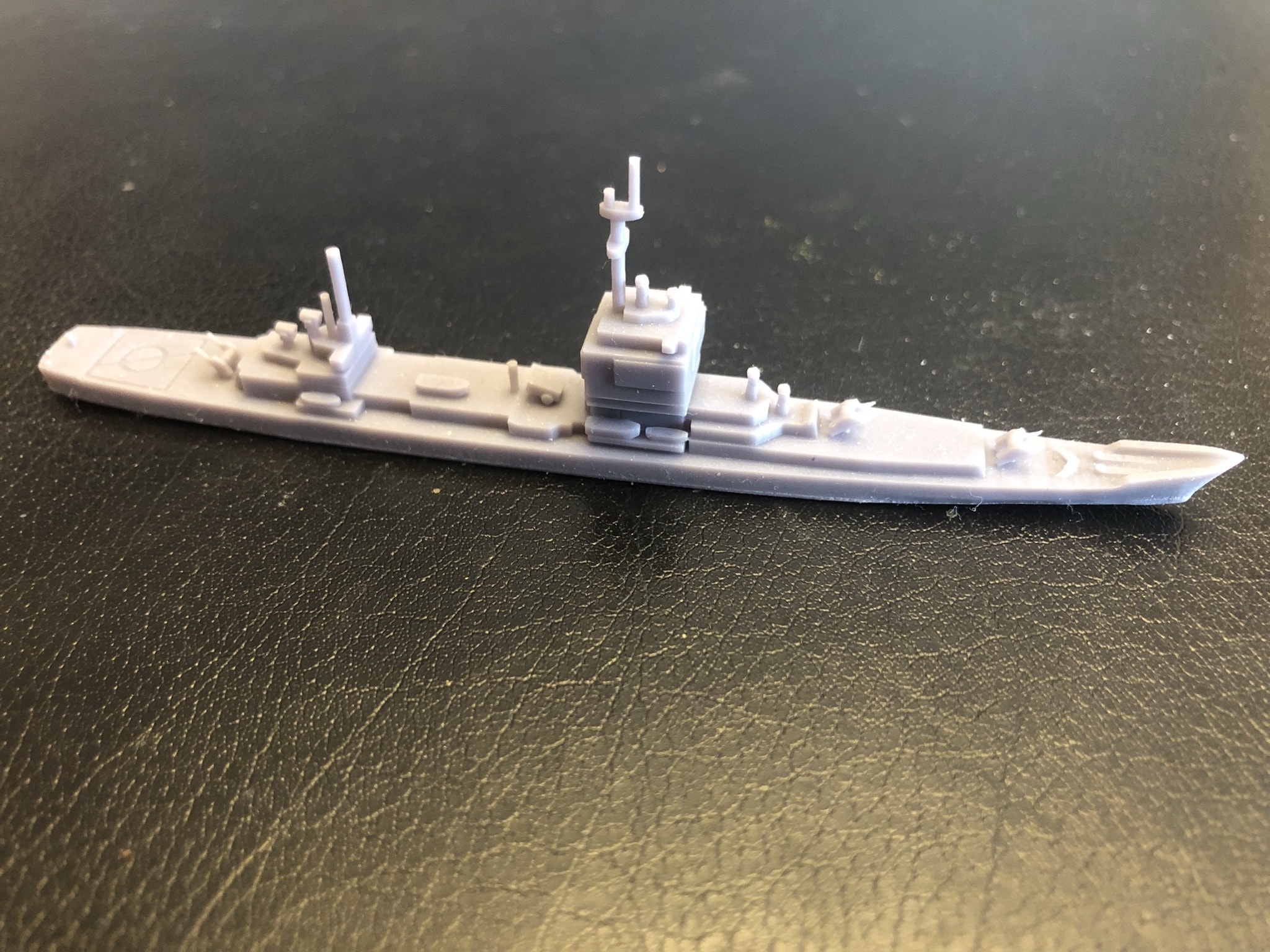Uss Long Beach - This is the story of Master Chief Douglas Hill's sea voyage and the historic and mysterious ship on which he returned again and again.
(CGN-9). She was the US Navy's first nuclear-powered surface combatant and was absolutely loaded with the latest and greatest equipment America had to offer when she entered service on September 9, 1961. It looked like no other ship in the world had ever seen it, and it certainly had. its quirks. In particular, one person served many tours on the ship
Uss Long Beach

In the 1970s and 1980s, the ship served as a 721-foot-long steel bridgehead, leading her through the ranks and eventually to the position of Commander-in-Chief of the U.S. Pacific Fleet, Commander of Naval Surface Forces. This man is Douglas Hill. So this is the story of the ship, but also the journey of a man who built his reputation largely on the deck sheets of that ship during one of the most exciting periods in the history of the US Navy.
Lego Uss Long Beach View 1 By Tzoli On Deviantart
My father was a career Navy SEAL. He enlisted in the Navy during World War II right out of high school in a program known as the "Kiddie Cruise," which allowed 17-year-olds to serve until their 21st birthday. He retired from the Navy but remained a drill reservist. He returned to active duty after I was born. I remember serving him
The class destroyer was homeported in Mayport, Florida from 1960 to 1965, then to the Naval Supply Corps School in Athens, Georgia from 1965 to 1967. He then served 9-month tours in Nang, Vietnam with the Seabees.
(DE-1054), then director of the Class C Reserve School at Naval Training Center (NTC) San Diego. He returned to naval duty
He died on active duty during this tour. At the time of his death in April 1980, he was a Chief Store Foreman (E-9).
Uss Long Beach Long Beach Class Cruiser Cgn 9 Wooden Ship Model 34\
I graduated from high school in San Diego in June of 1972 and attended Mesa Community College for a while, but I wasn't ready. So I looked at what my best options were for education and training. After checking out the Air Force and Navy, I decided to enroll in the Navy's nuclear propulsion program because I felt it would provide the most interesting and challenging training.
I had three years of Junior ROTC in high school, so after about a week I was instructing my company in the weapons manual when I was suddenly ordered to report to the battalion commander. When I arrived, I asked for permission to enter, and when I entered, my father was sitting and drinking coffee with the battalion commander. I was able to share a cup of coffee with them and I remember thinking "this won't be too hard".
After that, my company commander wanted to know why I didn't inform him that my father was a senior petty officer in the NTC. I lied to him "I didn't think it was important". It was a huge lapse in judgment to say the least! I received additional "military instruction" this evening.

I attended Electrical/Electronics Basic School at NTC San Diego before going to Electrician's Mate Class A School. It was a 14-module self-contained course on electrical components, Ohm's laws and other essential knowledge for electricians and electronic technicians. I finished the course in just one week.
File:hull Of Uss Long Beach (cgn 9) At The Puget Sound Naval Shipyard In March 2011.jpg
In Electrician's Mate Grade A School, we learned about problems with engine generators, shipboard distribution and electrical systems. To go on to Mare Island School of Nuclear Power, I had to graduate in the top 50 percent of my class. If I remember correctly, I was number two or three.
At the end of Grade A I progressed to EM3 (E4). In nuclear power school, we learned the theory of reactor design and operation, as well as radiation and elementary chemistry.
During my nuclear power prototype training I was assigned to the S5G reactor prototype (designed as the USS Narwhal
Power plant) where we learned the "hands-on" operation of a marine nuclear reactor. We learned operations and maintenance and also learned how to behave during mock casualty operations. I was one of the first electrician's mates to qualify for S5G. Two more prototypes were on site, the A1W (the
Uss Long Beach
After qualifying, I requested an order for a Fast Attack Submarine (SSN) from San Diego, as my father-in-law (at the time) offered me enough furniture to fill an apartment if I could fit it in. I received orders for a nuclear ballistic missile submarine (SSBN) in New London, Connecticut. They ordered a classmate
And wanted to go to New England, so we asked our advisers to see if we could exchange our orders. After the order exchange was approved, I was constantly challenged by the underqualified sailors at the S5G facility.
And then I started my transfer leave in my sea duty counter 30 days early. I would like to apply for the Navy Enlisted Science Education Program (NESEP), which requires at least one year of naval duty to qualify. Unfortunately, when I reached the point of sea duty, the program requirements changed and required a full sea tour (four years in my case).

At NAS Coronado, I looked at the ship in amazement. Here was the last "real" cruiser built by the Navy. At 721 feet long, displacing over 17,000 tons and carrying over 1,100 sailors and crew (there was a naval detachment launched), she was an impressive ship indeed!
Uss Long Beach Hi Res Stock Photography And Images
My first impression as a crew member was the responsibility of leadership. The supplies were loaded and a "work party" was called. One of the division's sailors failed to report for duty, and the division's leading petty officer, E6, was assigned to fill in for the missing man. Petty Officer 1st Class wasn't too happy and that impressed me to make sure I didn't disappoint my leading Petty Officer!
Marine ships have unique smells, sounds and sensations. Every time I set foot on a ship, memories of ship life and the unique routines associated with it come flooding back. my first job
Was the qualification of the reactor building. This included completing a basic engineering qualification, a damage control qualification and my electrical monitoring station qualification as both an itinerant electrician and to monitor the ship's electrical distribution system.
Had six 2500 kW turbine generators and two 1000 kW emergency diesel generators. After completing my basic engineering qualification, I was transferred to an electrical safety shop to ensure portable power tools were tested before being issued. It was a difficult time in the Navy. It was going through the devastation of the post-Vietnam era and there was an acute shortage of leadership personnel at the first and second grade petty officer levels (E6 and E5). When the lighting business needed a leading petty officer, the leading petty officer of E Division looked at the senior petty officer second class, but no one wanted the position.
Cruiser Photo Index Dlgn/cgn 36 Uss Long Beach
I was one of the youngest petty officers second class, but I asked if I could take the position and was appointed leading petty officer in charge of the 115 volt distribution outside the propulsion plant with 13 sailors reporting my hours in addition. They are standing in an engineering institution.
USS Long Beach. Note the SCANFAR phased array radar system mounted on the sides of her "box" superstructure., USN
It had two pressurized water reactors, two main engines, twin propellers and twin rudders. For weapons, she had two twin rail launchers for Terrier missiles (and could carry more than 100 of them), an ASROC (Underwater Missile System) amidships eight-cell launcher with reload capacity and two five-inch 38-caliber guns. .

It was originally designed without guns, and it is said that during sea trials, a NAVSEA official asked what the ship would do when a patrol boat came and fired at them, and it was decided to install a 5-inch gun.
U.s.s. Long Beach Cgn 9 By Cyber Hobby, Boats & Watercraft
It had a Talos missile system. The Talos missiles, which could be nuclear-armed, were about the size of a telephone pole and would "sit" on a launch pad, gathering thrust before launch. I was told that while at the station before Vietnam,
My most outstanding memory on Talos is a missile drill in 1978 before our deployment. We should have launched one to fire at the other ships, but the missiles were pretty old at that point. After we launched the rocket, the fin fell off and the rocket made a three-giant turn and came back to the ship! It remarkably self-destructs as instructed by the launch console in the combat information center.
In addition to taking active measures for defense, the ship also carried vessels in the confusion
0 Comments